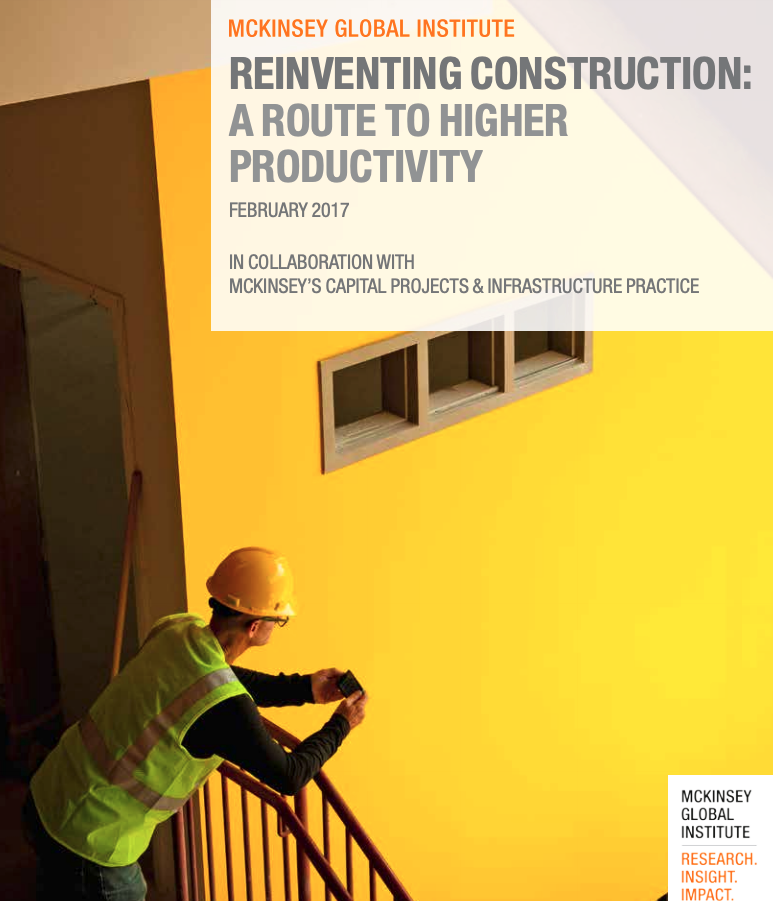Wilkinson Advisors are actively working to reduce the environmental impact and high costs of buildings by adhering to sustainability design standards. We recognize the many advantages of high performance buildings that not only put into practice sustainability goals but also improve the well-being of occupants and local environments. High performance buildings produce healthier indoor air quality and provide greater access to natural light. They reduce energy consumption and operating costs. Compared to buildings made with traditional designs and materials, they provide high returns for lower costs.
Advantages
Construction Benefits
- Faster, shorter and more reliable speed to market (e.g. 3-6 months)
- Product delivery in ALL seasons (including winter)
- High performance enclosure system
- Lower hard construction costs
- Lower financing costs due to shorter construction period
- Availability of energy program incentives
- Reliability of single contracting source
- Dependable construction quality
Brand Enhancement
- Attract more business from like-minded customers
- Signal advocacy for sustainability
Meaningful Impact on the Climate Change
- Usage of low carbon footprint materials (“embodied carbon”)
- Lock up CO2 (use mass timber when appropriate)
- Usage of less fossil fuel for heating, cooling, and ventilation
- Compatibility with renewable sources when available
- Ability to trade Renewable Energy Credits (“RECs”) or Carbon Certificates
Operational Benefits
- Lower income taxes (federal and state incentive programs)
- Lower monthly energy bills
- Utilization of best operating practices (includes on-boarding support)
eWellness and Productivity Benefits
- Improved indoor air quality
- COVID hardening
- Improved lighting designand ventilation to enhance productivity
- Improved employee health and insurance costs
- Employee recruitment advantage
About BiB
- BiB is the work product of a local professional collaborative in Minneapolis, St Paul, Minnesota including:
- Bob Vanney at Vanney Associates (https://www.vanneyassociates.com/)
- Barry and Barb Jaeger at Jaeger Construction (http://jaegerllc.com/)
- David Doughty at Schadegg Mechanical (https://schadegg-mech.com/
The Foundation
The McKinsey Global Institute published "Reinventing Construction: A Route to Higher Productivity" in February 2017.
The premise is that we need a "product" development process not just a one-off project way of thinking and that designing with regenerative assemblies is a professional responsibility to the greater society.
Wilkinson Building Advisors ("WBA") is here when you are ready to do our part in pushing back climate change. By various estimates, "buildings" consume approximately 30% of energy in the United States. The WBA products are a step in the right direction of pushing back climate change with the design, construction, and finance assistance of High Perfomance Buildings.
The Product
Building in a Box(BiB) is an innovative design and construction concept that creates high-performance buildings. High-performance buildings are a repeatable and environmentally sustainable way to engage the traditional design and construction industry.
- It responds to current climate change crisis and supply chain disruptions
- It also satisfies user needs for more cost effective and sustainable construction methods.
BiB is intended for design and construction of commercial buildings (branch office, warehouse/industrial space, or freestanding retail use). Buildings are designed from a "kit of parts". Many are manufactured off-site, and then delivered to the construction site for assembly.
-
 Modular office-showroom prototype
Modular office-showroom prototype
Modular office-showroom prototype
Modular office-showroom prototype
-
 Modular light industrial warehouse
Modular light industrial warehouse
Modular light industrial warehouse
Modular light industrial warehouse
-
 Large modular warehouse
Large modular warehouse
Large modular warehouse
Large modular warehouse
-
 Industrial space with small attached
Industrial space with small attached
Industrial space with small attached
Industrial space with small attached
-
 Small Commercial Office
Small Commercial Office
Small Commercial Office
Small Commercial Office
-
 Hybrid aluminum/mass timber greenhouse
Hybrid aluminum/mass timber greenhouse
Hybrid aluminum/mass timber greenhouse
Hybrid aluminum/mass timber greenhouse
https://wilkinsonadvisors.com/capabilities/high-performance-buildings#sigProId47ccd730e6

